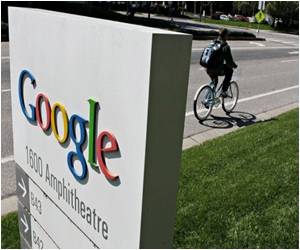Already third largest in the world, Brazil's shoe industry is filled with everything classic, simple and bold and may grow more bigger

Their wares are much in evidence this week at the Sao Paulo fashion show, the largest in Latin America.
"The domestic market growth has been significant since 2008," said Heitor Klein, head of the industry group Abicalcados.
In 2012, the country produced 864 million pairs of shoes, up 5.5 percent from the year before. Just over half the shoes were destined for the female market.
But exports of 113 million pairs fell to $1.09 billion in value, down more than 15 percent from the year before -- proof of the troubles the country faces in breaking into foreign markets, especially amid the global recession.
"In Brazil, competitiveness is off. The tax issue, labor and lack of adequate infrastructure to export our products makes them more expensive," lamented Klein.
Advertisement
The conquest of China
Advertisement
It is sold mainly to foreign shoe brands and sold under their labels -- but little by little exports under Brazilian labels, including Capodarte, Azaleia, Via Uno and Arezzo, are increasing.
But the biggest challenge is to get into the heart of the world's biggest producer, China, which in 2011 produced more than 10 billion pairs of shoes, according to Abicalcados figures.
A program by the association, with export promoter Apex, is working towards this goal. "The process began around three years ago, with eight companies and today there are 12 interested," Klein said.
Brazil began exporting shoes to China in 2011, but it is still early days.
Plastic or snakeskin? Both.
Brazil has two examples of renowned brands: the famous Havaianas and Melissa shoes.
Imitated around the world, the Havaianas were inspired by the flip-flops worn by Japanese immigrants. The simplest models can be bought for around $5, but prices go up as the collections become more exclusive.
These plastic flip-flops were used by the poorest classes in Brazil, but 50 years later, they have become for everyone.
Today, Havaianas earns 24 percent of its revenue from overseas sales. In 2012, the company produced 229 million pairs.
"Havaianas has become a brand closely associated with joy, with color, and with summer," said Carla Schmitzberger, director of the brand's business unit.
Created in 1979, Melissa sells its colorful plastic shoes in more than 100 countries. Its designs are more elaborate -- the brand has collaborated with designer Karl Lagerfeld and architect Zara Hadid -- and includes high heels, some adorned with hearts or red lips.
Melissa has a boutique in New York and plans to open another in London in the first half of 2014.
But the market for luxury shoes is also growing tentatively -- but a country with a strong currency does not make for inexpensive production.
Designer Paula Ferber produces high price shoes of crocodile, snakeskin, or from the scales of Amazonian fish. A pair can cost around $900.
Currently, she said she is negotiating with one of the partners of the French cosmetics group L'Occitane to expand sales, mainly to Europe and the Middle East.
"We are trying to cut costs. For now we don't make more than 1,500 pairs a month," she told AFP.
Source-AFP










